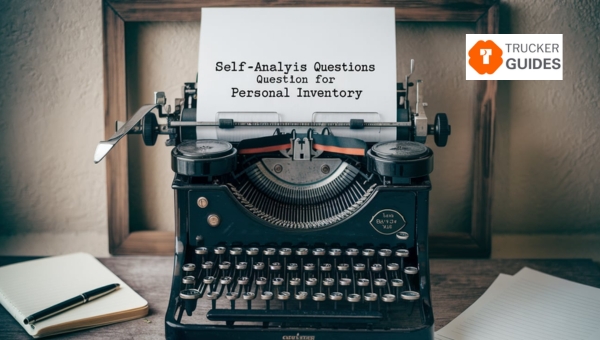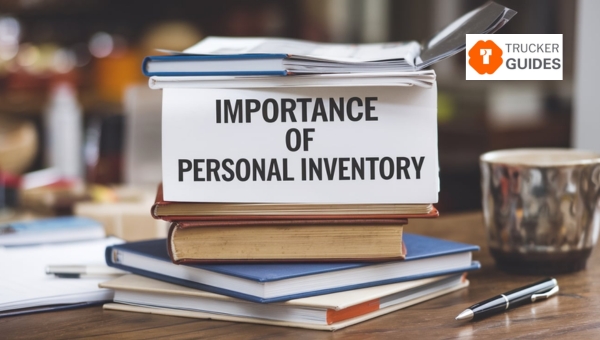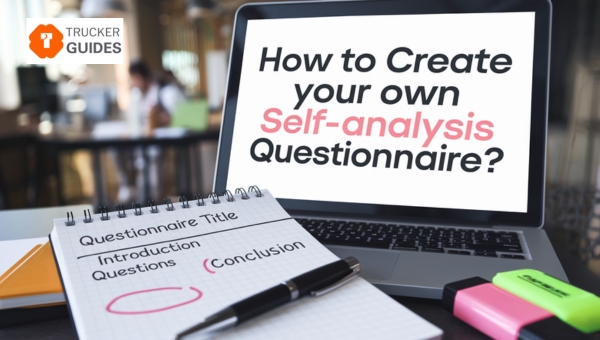Self-Analysis Questionnaire [Master Your Personal Growth]


Are you ready to unlock your potential and truly understand yourself? A Self-Analysis Questionnaire for Personal Inventory can be the key. This article will explore how conducting a personal inventory can enhance self-awareness, identify strengths and weaknesses, and promote personal growth.
You’ll learn how to create your own questionnaire, structure effective questions, and analyze your responses for insightful reflections.
Understanding oneself is a crucial step in any personal journey. By creating a Self-Analysis Questionnaire for Personal Inventory, you can gain deeper insights into your thoughts, behaviors, and emotions.

This process can be incredibly rewarding and enlightening. Let’s dive into some specific benefits.
Also Read: Hiring Guide for Small Business Owners [Your Ultimate Resource]
Creating a Self-Analysis Questionnaire for a Personal Inventory can seem daunting, but it’s a manageable task with the right approach.

Start by identifying the areas of your life you want to explore:
When structuring your questions, it’s important to keep them open-ended. This allows for more in-depth responses and encourages deeper reflection.
Start with broad questions and then narrow them down to more specific ones. For example, begin with, “How do I handle stress?” and then ask, “What specific strategies do I use to manage stress?” This method helps you uncover detailed insights.
Make sure to cover different aspects of your life, such as emotional well-being, relationships, career, and personal goals. A well-rounded questionnaire will provide a comprehensive view of yourself.
To get you started, here are some effective questions you can include in your self-analysis questionnaire:
Once you’ve completed your questionnaire, it’s time to analyze your responses. Look for recurring themes and patterns. Are there certain areas where you consistently struggle? Are there strengths that keep appearing? Take note of these observations.
They can provide valuable insights into your behavior and mindset. Next, consider how your responses align with your goals.
Also Read: Understanding Factoring Agreements [Simplify Cash Flow]
Crafting the right questions can significantly impact the quality of your self-analysis.

Here are some examples of effective questions that you might include in your questionnaire:
These questions are designed to prompt deep reflection and provide valuable insights into various aspects of your life.
Once you’ve completed your self-analysis questionnaire, it’s time to analyze your responses. This step is crucial in gaining meaningful insights into your personal attributes and areas for growth.
Start by reviewing your answers and looking for recurring themes or patterns. For instance, if multiple responses highlight a particular strength, it might be an area where you can further excel and leverage in different aspects of your life.
Pay attention to areas where you identify weaknesses or challenges. These are opportunities for growth and development. Reflect on why these areas are challenging and think about actionable steps you can take to improve.
A Self-Analysis Questionnaire for Personal Inventory is a powerful tool to better understand yourself. By enhancing self-awareness, identifying strengths and weaknesses, and promoting personal growth, you can unlock your full potential.
This journey of self-discovery not only helps in personal development but also equips you to face life’s challenges with confidence.